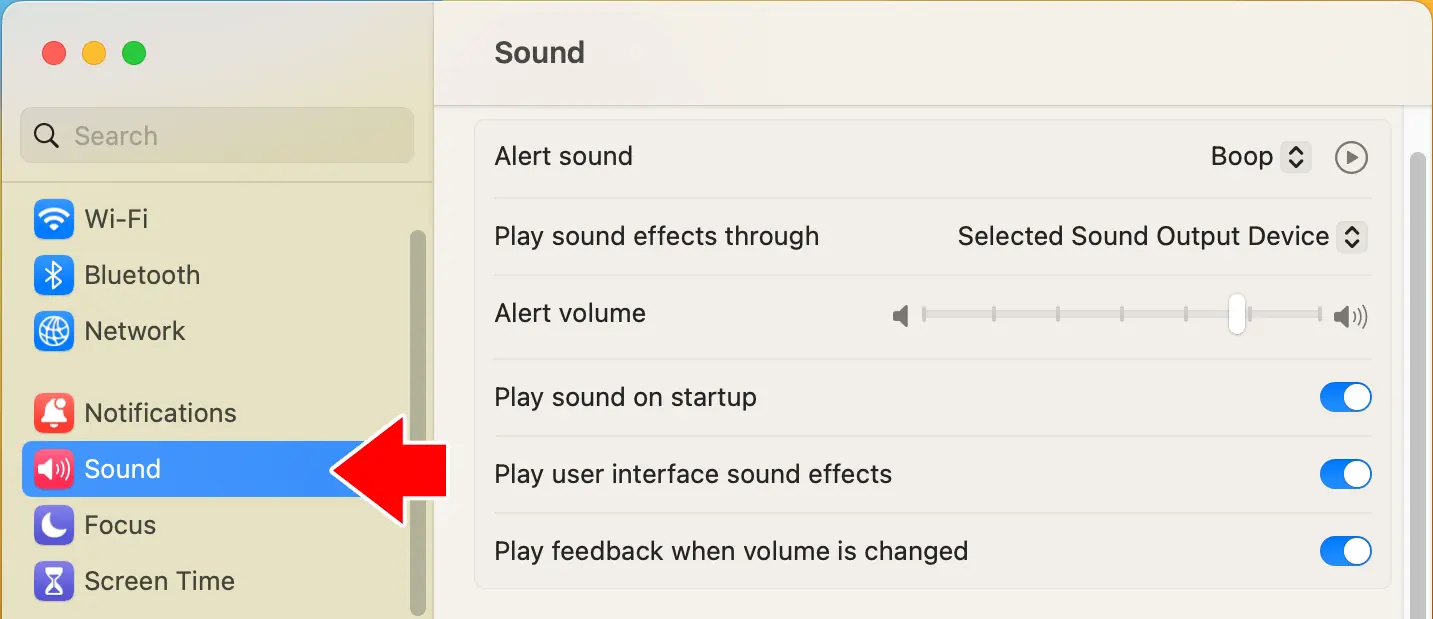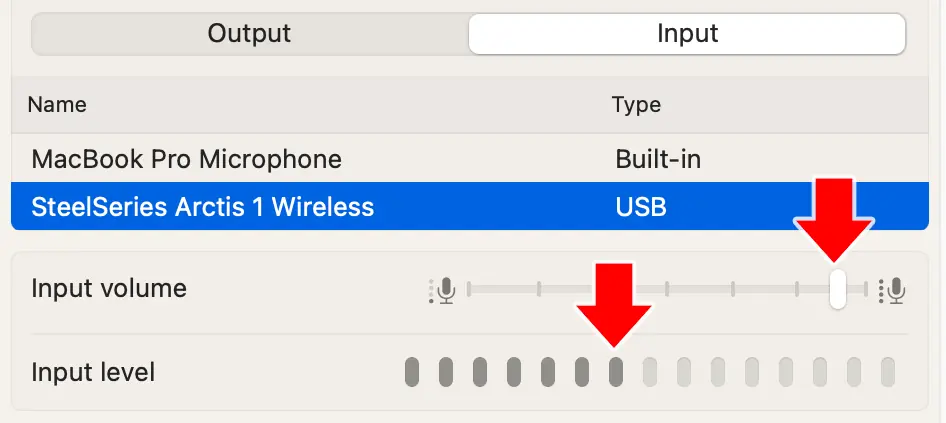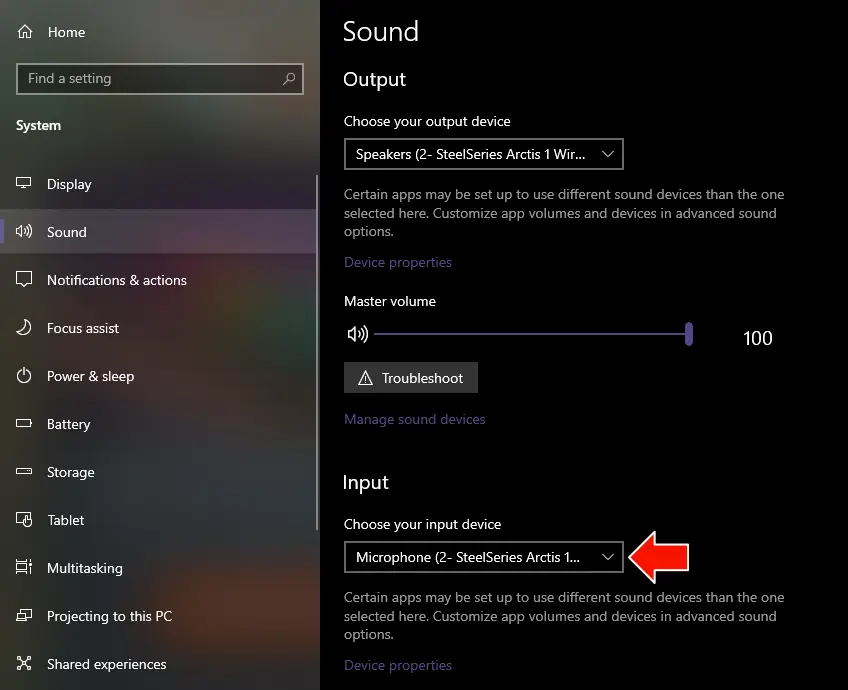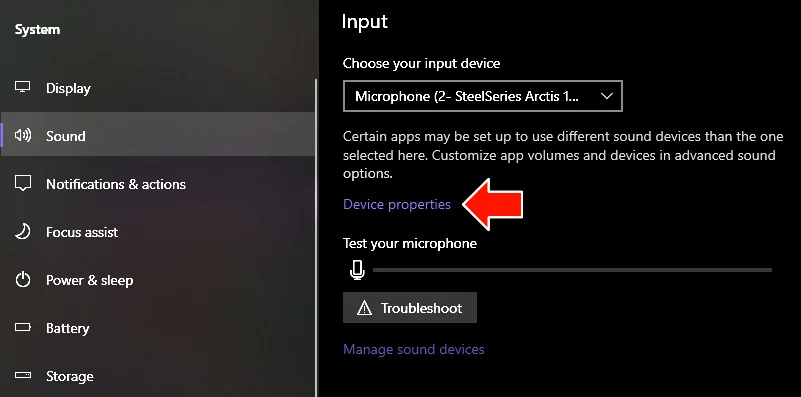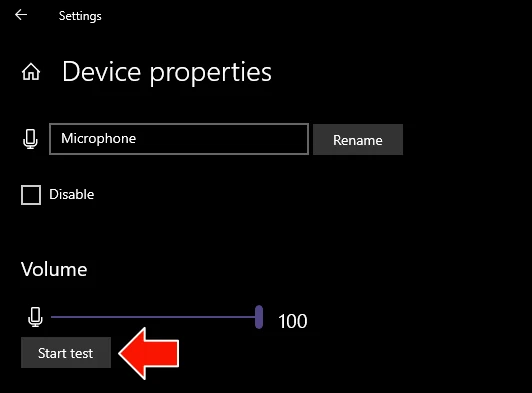USB headsets with microphones are recommended for most Avant language assessments. Other options may require more preparation by IT representatives.

Headsets Preparation
Before testing, an IT representative should configure the headsets for each computer, which may be as simple as plugging in the USB headset.
Use the Avant Technology Check to verify your headset works correctly.
The Testing Coordinator should ensure headsets are plugged in before the test, and that test takers know how to use the headset’s in-line controls (if available).
Adjusting Microphone Levels for MacOS and Windows
If you are receiving a low mic or low volume error message while recording in the Speaking section you may need to adjust the sound settings in your preferences.
Adjusting Microphone Levels in Chrome OS
Unfortunately, it is not possible to adjust the microphone sensitivity in ChromeOS. For issues with recording in ChromeOS, we recommend trying an alternate headset, asking the test taker to speak with additional volume, or to move closely to the microphone. If recording issues persist, moving the tester to an area without background noise may be needed.
Troubleshooting
- Ensure the headset is plugged in.
- Check that the microphone is not muted – many headsets have a mute button on the set itself, or on the wire that is connected to it.
- Check that the volume on the microphone is not turned all the way down.
- Make sure the test taker is using a supported browser (Microsoft Edge, Chrome, Safari).
- Try refreshing the page.
- Stop the test and close the browser window, then restart the browser and log back in.
- Try a different browser.
- Try unplugging the headset and plugging it back in during the test (for USB headsets).
- Ensure that “Allow” is selected in the browser site settings allowing the use of the microphone in the test.
- Check to see if you can record sound in a different application on the computer.
- If only one or two test takers are affected, try a different headset or a different computer.
- If students log into student accounts on the computers, make sure that the student account for logging into the computer does not have restrictions that would affect recording.

